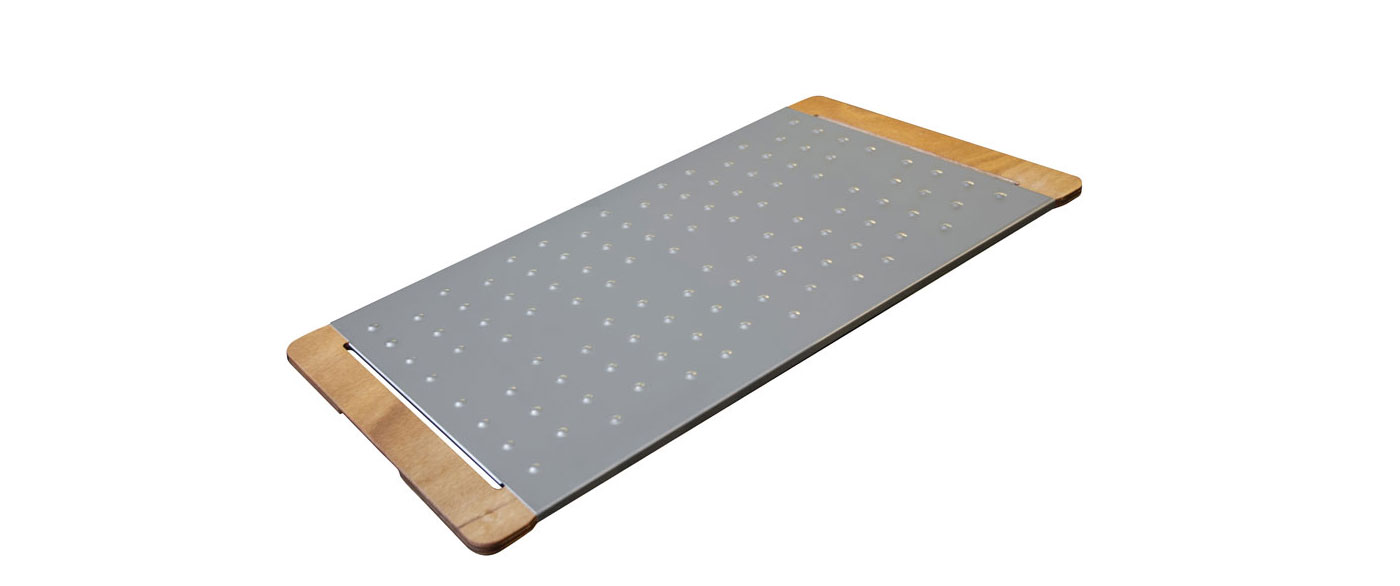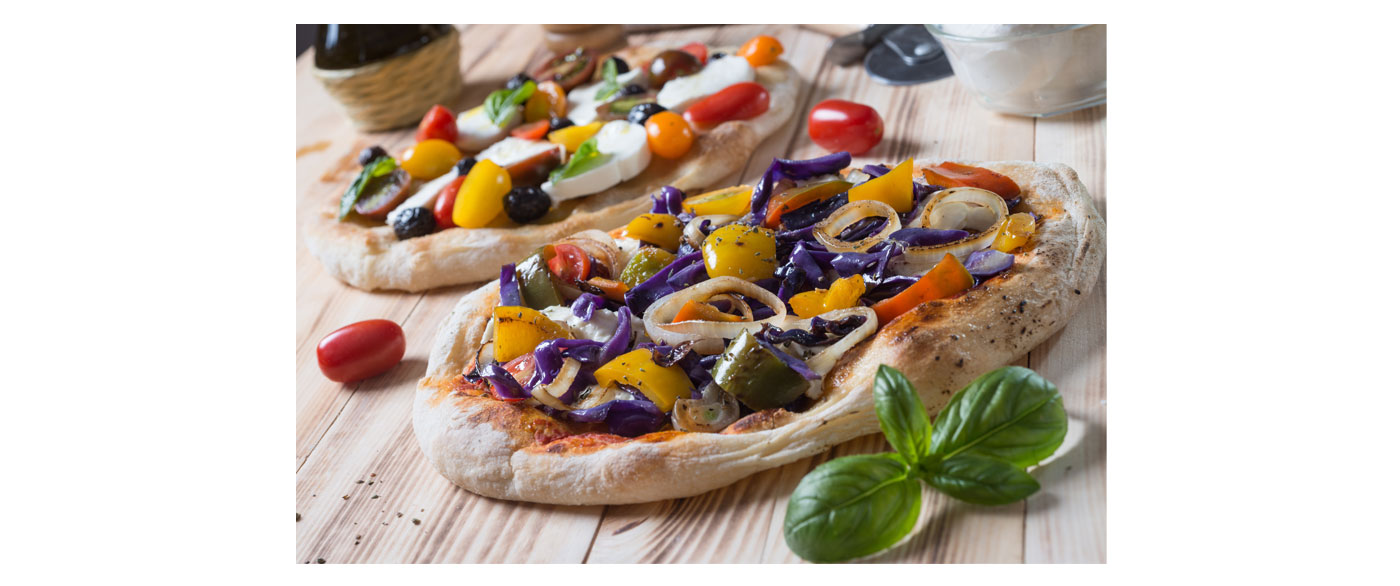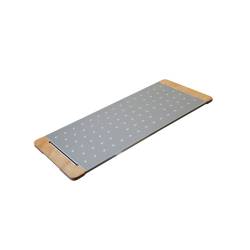Pinsa, origins and differences with pizza
Pinsa is a gastronomic product similar to pizza in terms of use and consumption, but with substantial technical differences in preparation. Therefore, pinsa is not a pizza, but a flatbread or flatbread prepared with soy, wheat, rice flour, and sourdough (sourdough made dried, dehydrated), all highly digestible ingredients. Pinsa is seasoned and then baked as desired.
Pinsa derives from the Latin word "pinsere," which in Italian means "to spread," "to stretch," "to crush"; what we call "pinsaromana," "pinsamoderna," or "modern Roman pinsa," is nothing more than a reinterpretation of a recipe from Ancient Rome, more precisely from the peasant populations outside the walls; a recipe that has undergone several revisions over the centuries, until it arrived at the ingredients and processing techniques of today.
Pinsa romana: taste, lightness and digestibility
The intuition behind the birth of pinsa romana is due to the passion and experience for baking of pizza-making technician Corrado Di Marco, who, by combining scientific research with his maternal grandfather's teachings on ancient bread-making techniques, managed to revolutionize the world of pizza, creating an exclusive and inimitable product.
The Giusto Stilcasa cutting board
It is therefore important not to mistake pinsa for pizza. To protect this specialty, theRegister of Pinsaioli and theOriginal Pinsa Romana Association have been created, with bylaws and regulations indicating the recipe to follow. The exponential growth of pinsa and pinseries has been recorded since 2007, while to date there are more than 5,000 pinseries in the world and an increasing number of conscious consumers.
Therefore, to give pinsa the importance and dignity it deserves, a special cutting board was created to serve it. Such a tool-perfect also for cold cuts, pizzas, focaccia and other baked goods in general-is employed to serve and keep pinsas warm and crispy in your establishment and is called a Giusto cutting board, signed Stilcasa, available on RG Mania in no less than eleven formats, although the one for the most common pinsa format is 38.5x22.5 cm. It consists of two pieces, namely a multilayer base made of beech wood and a supporting cutting board made of stainless steel, a material that allows a much slower release of heat, keeping food hot for longer.
Giusto Stilcasa cutting board: ideal for pinsa.
The arrangement of the Giusto Stilcasa cutting board 's indentations suggests the direction of cutting, making portioning easy and intuitive. The embossed surface also allows the evacuation of moisture, keeping the taste and crispness of the pinsa unaltered. Patented by Stilcasa and therefore made in Italy, obviously suitable for food contact, its stainless steel surface can be washed in the dishwasher, while the wooden surface can be cleaned with a damp cloth.
Stilcasa's Giusto cutting board is therefore ideal for enjoying at its best one of the healthiest and tastiest dishes of the moment: pinsa!



